The 1st Munich Technology Conference: AM is on course for broad industrial use
More than 600 international metal AM professionals gathered in October for the 1st Munich Technology Conference. Organised and sponsored by Oerlikon, the aim of this unique event was to provide a dedicated platform for the discussion and sharing of best practices in AM production and applications, along with the business models needed to drive the industrialisation of AM. We invited Prof Dr-Ing Michael Zäh, Chair of Machine Tools and Production Technology at the Technical University of Munich, to consider the status of metal AM as revealed over the event’s two days of presentations and discussions. [First published in Metal AM Vol. 3 No. 4, Winter 2017 | 15 minute read | View on Issuu | Download PDF]
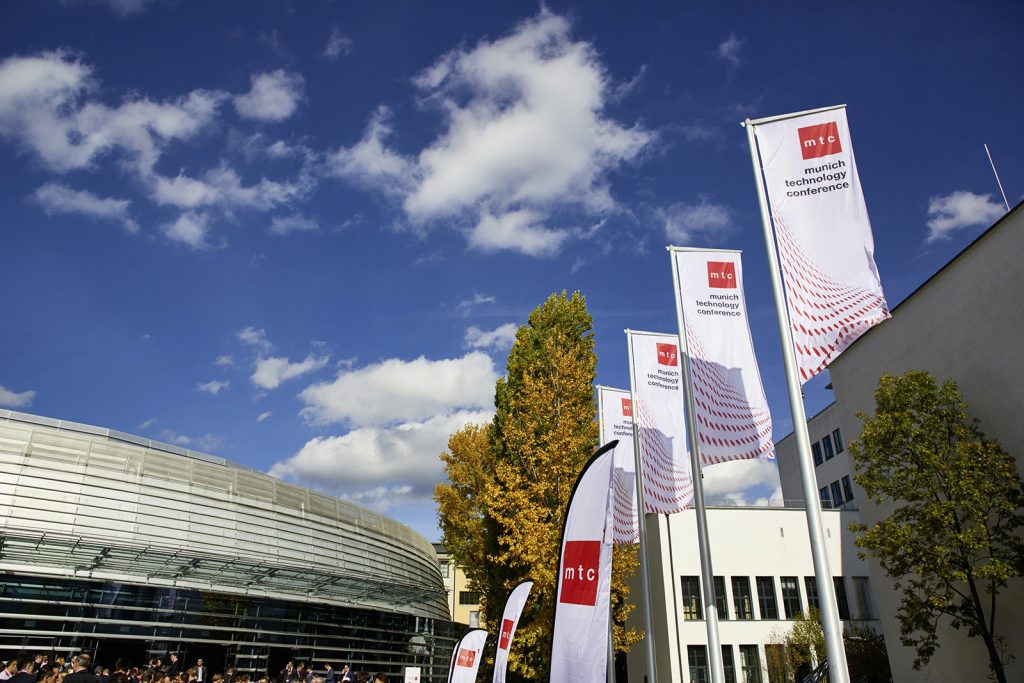
“A few decades from now, we will 3D print everything.” Today, this is a frequently uttered platitude that at once reflects the hype and the misunderstandings that surround Additive Manufacturing technology. Undoubtedly, AM has huge potential as a replacement for conventional technologies in a large number of areas. However, we must not forget that AM is looking to compete with established technologies which can rely upon centuries of research, development and experience. As a consequence, in order to make a realistic judgment about future scenarios, we have to take a closer and more balanced look at the current status of the industry.
Oerlikon, the Swiss-based multi-technology corporate group with a long history in advanced engineering, recently provided a platform for a closer evaluation of the state of Additive Manufacturing during the 1st Munich Technology Conference. The event was held from October 11-12, 2017, at the Technical University of Munich (TUM), Germany. More than 600 AM industry professionals, from both business and academia, attended the event, as well as guests from politics and finance. Conference sessions were followed by panel discussions expertly moderated by prominent international journalist and political commentator, Dr Melinda Crane.
The conference followed the inauguration of Oerlikon’s new Additive Manufacturing and Technology Centre in Feldkirchen near Munich on October 11. As highlighted previously in this issue of Metal AM magazine, the new technology centre aims to position Oerlikon as a leading supplier and service provider for AM. According to the company, the centre’s location will enable it to benefit from close contact with TUM and the associated Fraunhofer Institute IGCV in Augsburg, as well as with industrial leaders in the area such as BMW, Audi, Siemens, MTU Aero Engines, Airbus and General Electric, all of which are pursuing applications for Additive Manufacturing within their operations.
TUM itself was among the first academic institutions in Germany to explore additive technologies, beginning with the foundation of its Technology Transfer Centre in Augsburg in 1994, which has since been home to a successful team of scientists and specialists in AM.
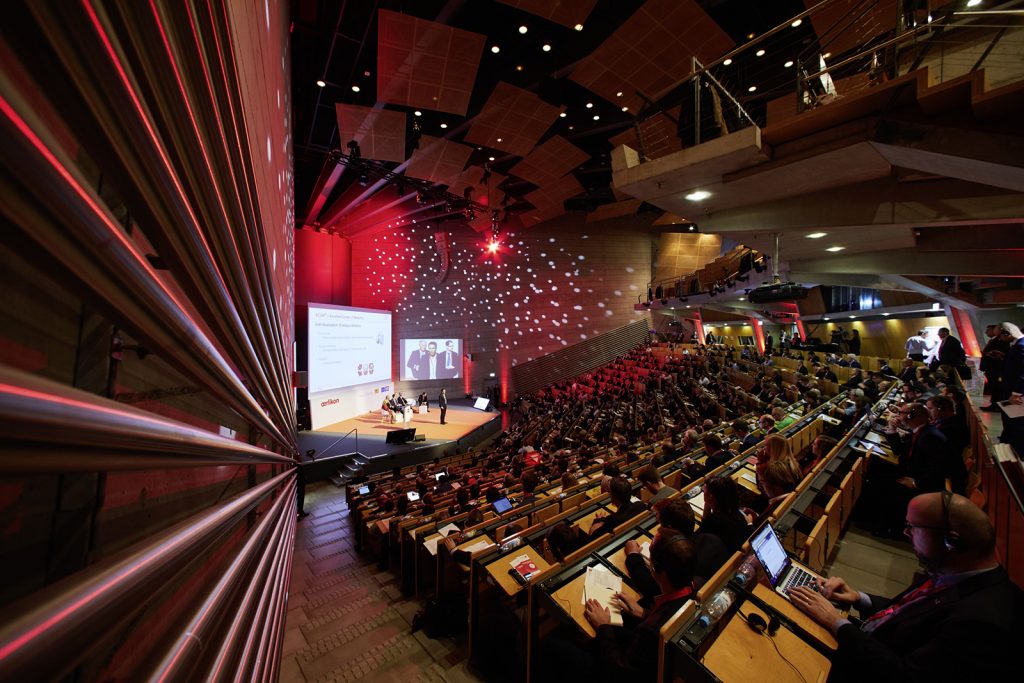
The current status of metal AM
Based on the presentations at the 1st Munich Technology Conference and the lively panel discussions that followed, the current status of metal Additive Manufacturing can be characterised by the following statements:
The technology is readily available
There are today a large number of AM machine builders, all of whom appear to be successfully and continuously increasing their machine sales.
The technology has moved from prototyping to production
While in the late 1990s AM technology was predominantly known as Rapid Prototyping, with Rapid Tooling and Rapid Manufacturing also becoming common terms, it has gained ground since the 2000s and been adopted for value-added applications in many areas, even where rapidity is not really the driving factor.
There are still challenges to overcome
AM still suffers from many shortcomings, including issues relating to heat-induced distortion, poor part resolution due to the layer-based manufacturing process, potentially lower strength compared to some conventional processes, the risk of porosity and the potential for anisotropic material properties where they are not desired. FEM based simulation models also lack accuracy and validation.
Strengths and weaknesses of AM
Thanks to the impressive range of leading international figures from the world of AM in attendance, the panel discussions at the first Munich Technology Conference presented the opportunity to take a fresh look at the current status of metal Additive Manufacturing and to make a fair judgement concerning its current strengths and weaknesses.
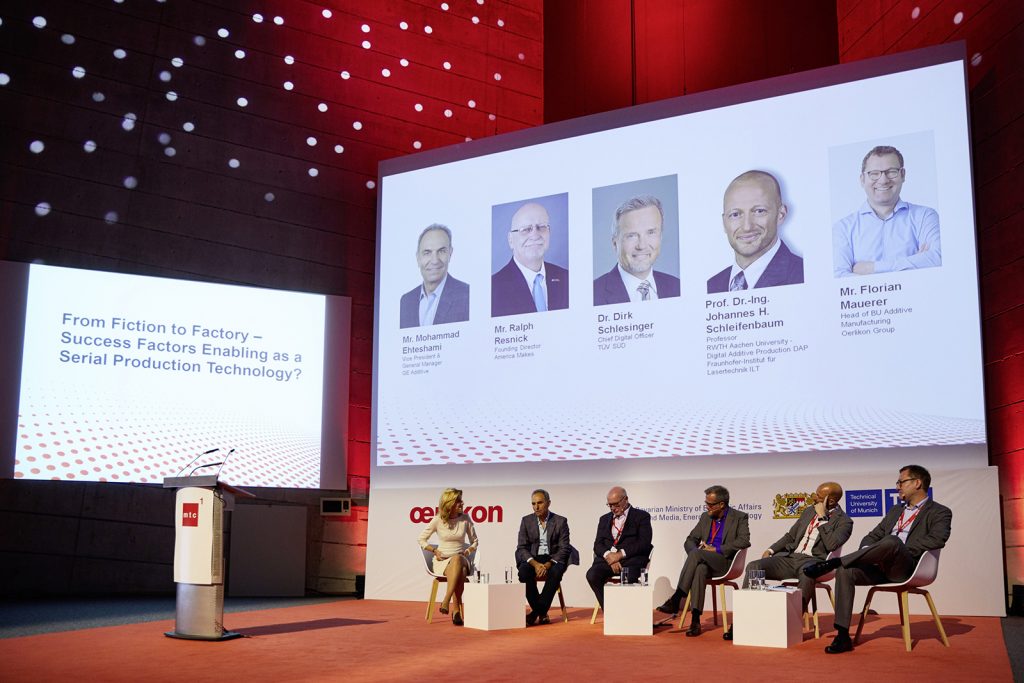
Material efficiency
AM works without any tools or physical models and thus has an a-priori cost advantage over most conventional technologies. Material usage is extremely efficient: with the exception of the structures that are required to support any overhanging areas of the part during a build – and to help manage heat build-up during manufacture – there is no material wastage.
Is it correct, therefore, to say that AM is far more resource efficient than conventional technologies, as we only consume the material for building the part, thereby eliminating machining chips and other kinds of waste? Not necessarily, because manufacturing the raw material – in the majority of cases, as powder – requires an energy consuming process, and the AM process itself is energy-intensive. Materials used in metal AM will see melting temperatures at least three times during their life cycle: first in the raw material factory, second during powder production and third during the AM process. The powder required for powder bed fusion processes is also expensive when compared to material for casting or machining.
Of course, one cannot directly compare AM with conventional processes based solely on the efficiency of their materials usage. One of the key messages from the conference was that it will never make sense to simply take a part produced using a conventional manufacturing process and convert it to AM. AM thrives where there is an opportunity to add value through, for example, combining multiple components into one, designing features that have never before been possible to manufacture.
Health and safety considerations
We also must not forget about laser safety issues for laser-based AM processes and the hazards that go along with the handling of fine metal powders. The latter has risks in terms of the inhalation of carcinogenic materials, for example nickel and cobalt, as well as the significant risk of explosions when dealing with more reactive metals such as titanium and aluminium.
Parts manufactured in a powder bed require a labour-intensive removal from the working chamber and removal of adhering remainders of the powder. Managing these issues requires a considerable investment in safety measures, which poses an entry threshold for those thinking about entering AM.
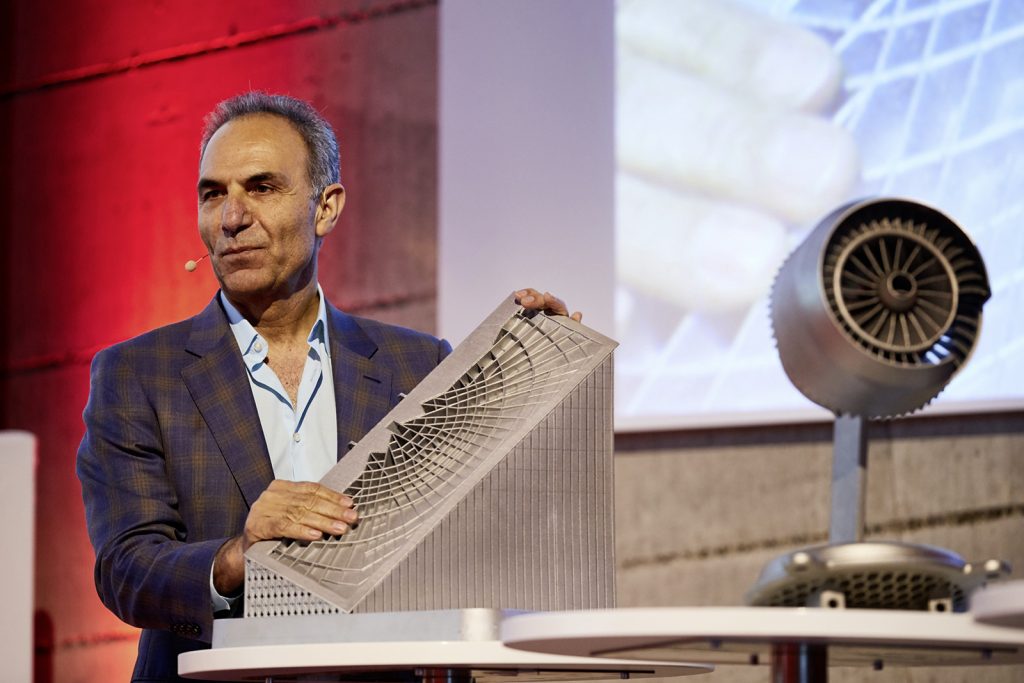
Process simulation
Many AM technologies simply are not yet mature because of high heat-induced distortions. Models – predominantly based on FEM – used to predict these distortions so that countermeasures can be taken lack reliability and validation.
Design freedom
On the other hand, AM opens up completely new possibilities and features and an almost unlimited diversity and complexity of manufacturable geometries. We saw the first approaches to conformal cooling channels quite a while ago, honeycomb structures incorporating complex curved surfaces, movable joints manufactured in one build and topology optimised parts, to name but a few examples.
Consider the entire process chain
Is AM as simple as just one process yielding the finished part? Perhaps, in some cases. Many technologically advanced applications, however, require more accurate parts with more precise surfaces than AM alone can guarantee. Thus, finishing operations (such as milling, grinding, lapping, polishing, etc.) are necessary. So how ‘rapid’ is it in reality? It is rapid in the sense that we can go from CAD to process via just a few automated data manipulation steps – but the process chain can be laborious.
New markets for AM attract industry’s giants
Industrial applications for AM are diverse and already numerous:
- Jet engine construction: lightweight design, complex internal features, reducing manufacturing complexity by combining multiple components into one
- Aircraft construction: bionic lightweight structures, fixation devices, interior panelling, cabin equipment such as seats and seat belt buckles in lightweight designs
- Automotive manufacturing: parts for prototypes and pilot lots, custom-designed components and low-series components for high-performance applications
- Medical technology: implants, dental prostheses, osteosynthesis-elements, hearing aids, illustrative models for surgery
- Industrial engineering: lightweight tools, conformal cooling in moulds and dies, gripper jaws
- Civil engineering: individualised components of buildings
- Furnishing: customised furniture designs
- In all industry sectors: any kind of filigree structures not economically manufacturable by other methods
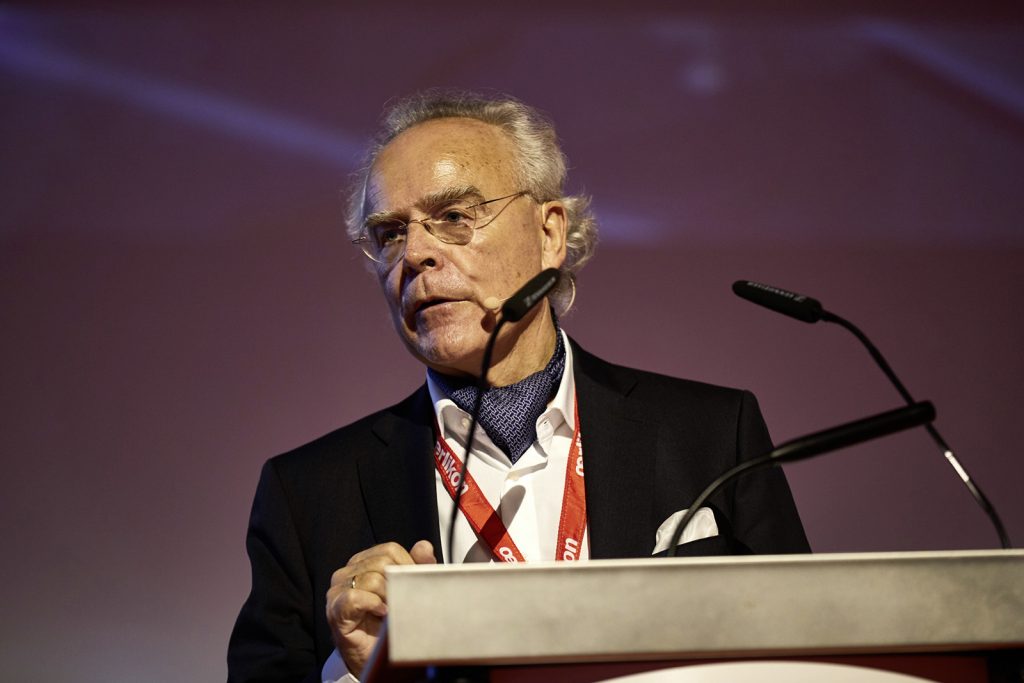
It is a huge challenge to convey the new freedom in part design offered by AM to engineers in design departments; namely, the practically unlimited geometrical degrees of freedom, the ability to grade material properties within a part and even the capacity to manufacture joints within one build job. In embracing AM, we all have to rethink design from scratch.
The annual Wohlers Report indicates sound AM market growth of more than 25% per annum on average since the early 1990s. It has now reached sales of well over $5 billion per annum. Meanwhile, many enterprises are acknowledging the potential of AM and intensifying their activities in this field. The expansion of Oerlikon’s activities in relation to metal AM is by no means unique, and the technical media appear to report new stories on the AM activities of enterprises on a weekly basis.
ThyssenKrupp AG, for example, the German steel and technology provider, recently opened a TechCenter for Additive Manufacturing and considers the technology mature for industrialisation. The company mentions a number of workpieces realised on the basis of AM. Laser deposition using metal powders ranks high on ThyssenKrupp’s agenda.
Half a year earlier, the entry of Voestalpine into Additive Manufacturing was also reported. Voestalpine is ThyssenKrupp’s Austria-based competitor, and considers AM technology to be disruptive because of the multitude of new applications that it will make possible. Buzzwords of special interest are conformal cooling and shortened cycle times.
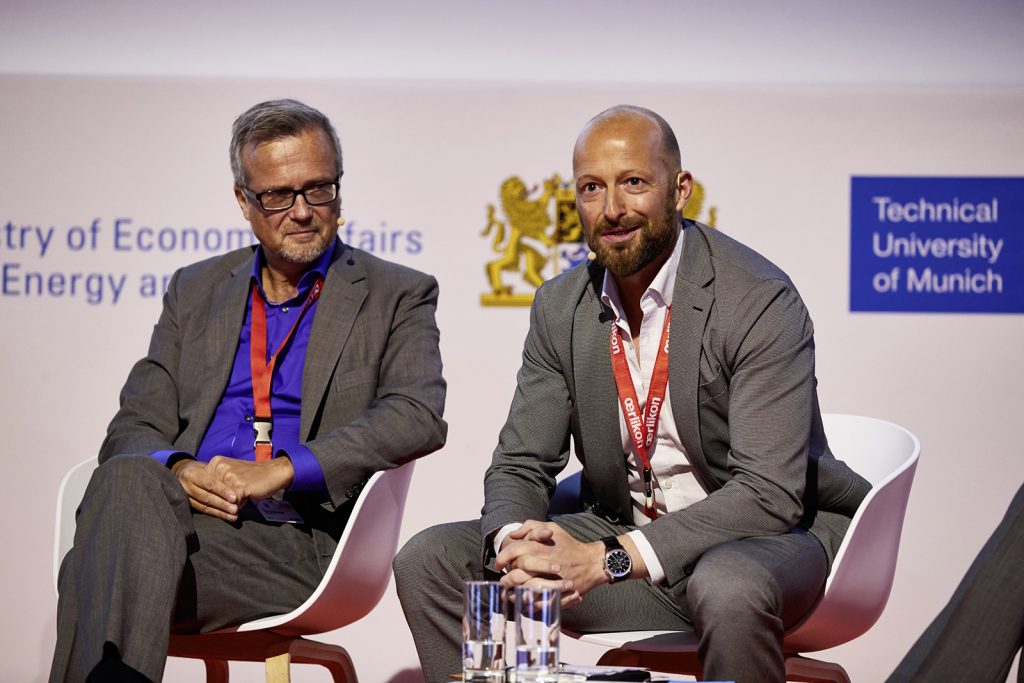
General Electric is currently undergoing a reorganisation of its research activities, which will have an impact on its Technology Centre in Garching, near Munich. While reallocating most of its research work to the business units, research on AM will remain a centralised activity in Garching. A new building, reserved just for AM, is nearing completion and is expected to employ more than one hundred staff in the long term. Not to be forgotten is GE’s recent acquisition of machine builders Concept Laser and Arcam – extremely important acquisitions in the AM sector and a milestone in the development of the industry. So, GE has cutting-edge machine competence aboard.
MTU Aero Engines has been working on AM for aviation for many years, in cooperation with Technical University of Munich at its Competence Centre for Construction Techniques. Some parts are already flying. In collaboration with TUM, a small jet-engine inspection opening was designed and optimised by taking advantage of AM’s capabilities, in particular the geometric design freedom the technology offers.
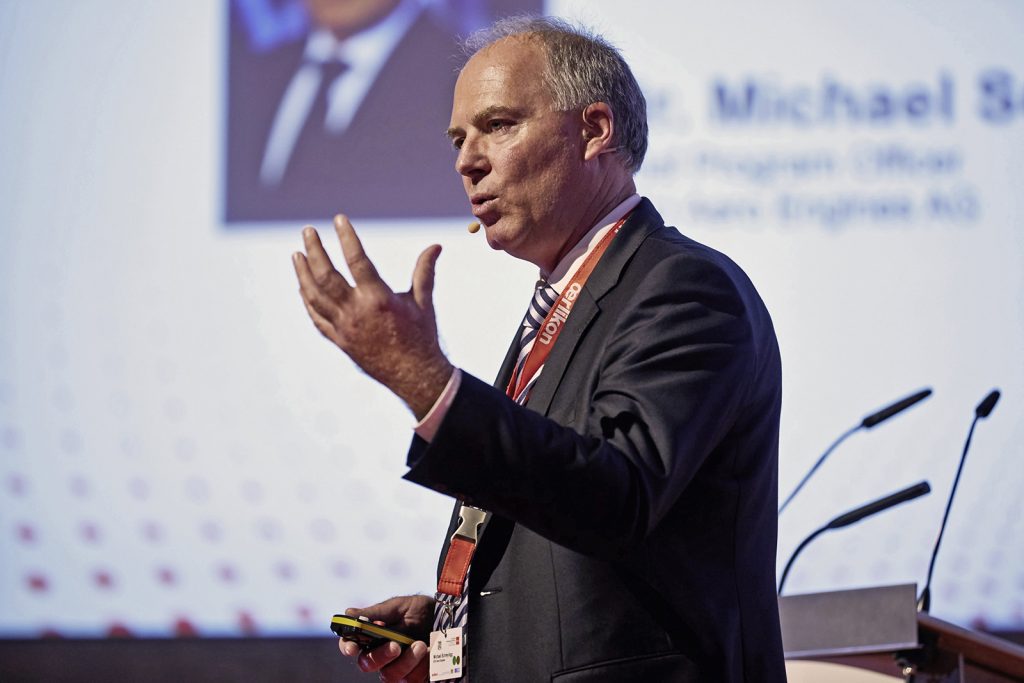
BMW and Audi both have ample laboratory space for the technology and see application potential in tool and die making, for the building of prototypes and pilot lots, for filigree structures and for low volume applications. Both have recently intensified their cooperation with academia.
Last but not least, Deutsche Bahn, Germany’s railway company, will reorganise its strategy for spare parts by making use of on-demand Additive Manufacturing to produce them as needed instead of storing them.
The impact on business models
With the advent of AM in industrial environments, it is very likely that a change in business models will take place – both in terms of the customer interface and changing internal procedures. Internal procedures will focus more on part design, on topology optimisation and on process simulation in order to benefit from AM’s strengths. On the other hand, process planning will lose importance and become a standard procedure.
For suppliers in the field of conventional technologies, the question is whether there is a risk of becoming obsolete over time.
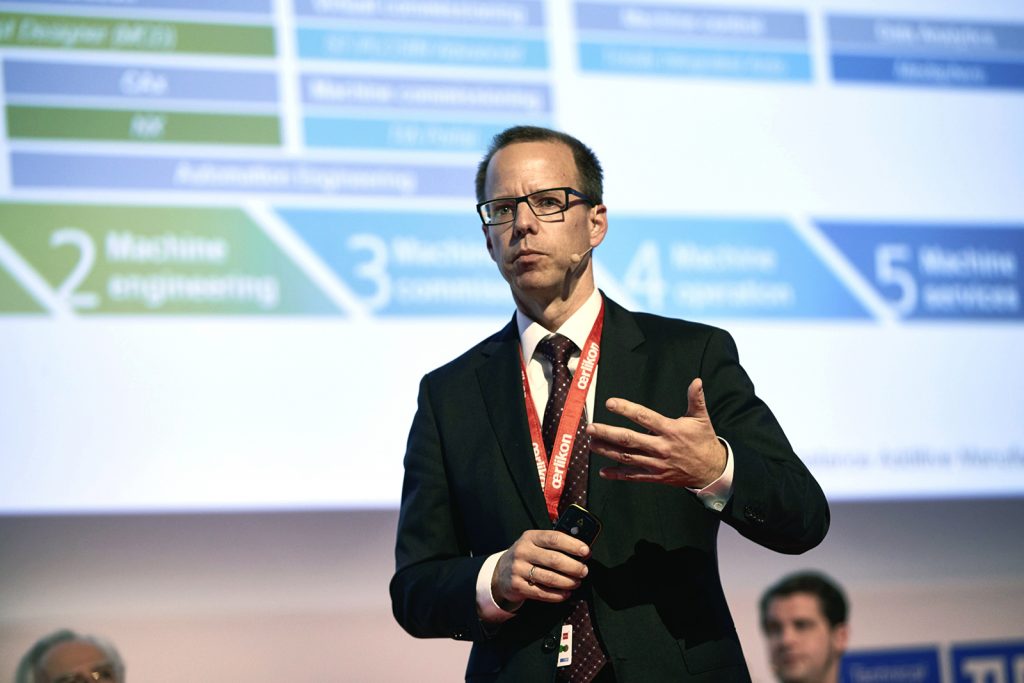
One successful business model we have seen is to offer the Additive Manufacturing of parts in the sense of a job shop. So AM is a technology which one would typically expect to be adopted by small- to medium-sized enterprises (SMEs), which have the flexibility and agility to enter AM. On the other hand, workplace safety and laser safety are more of an obstacle for SMEs compared to large industrial conglomerates, with the resources to allocate to new technologies.
Another challenge is to encourage designers to rethink design by taking the new possibilities offered by AM into consideration. German universities and colleges have only recently begun to educate the new generation of engineers, and coursework offered on AM is not yet substantial.
During Oerlikon’s Munich conference, BMW’s Dr Susanek presented a sober approach to a technology that has been subject to so much hype. According to Susanek, apart from building prototypes and low volume runs, not much application potential has been exploited yet within BMW. His application examples in production are few, and are more or less limited to custom-made design elements.
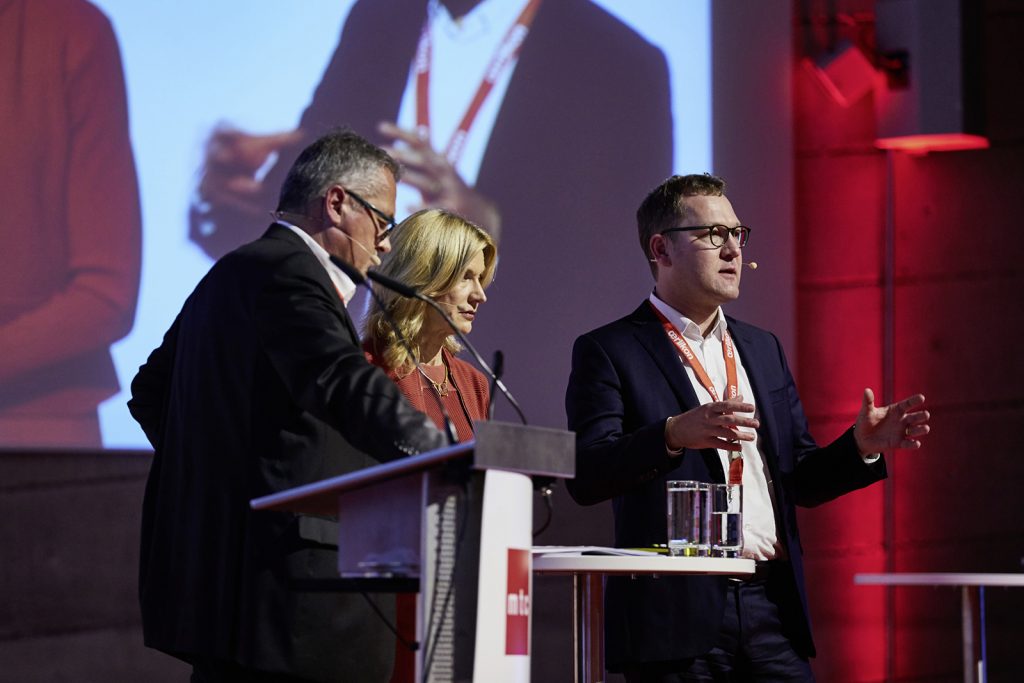
The medical industry has seen some of the greatest advances. Dental implants made by AM are state of the art, and the same holds true for knee and hip implants as well as many other devices, requiring a high degree of geometry optimisation and individualisation.
In recent years, magnesium has been discovered as a promising chemical basis for implants for bone repair. Magnesium and some of its alloys are biodegradable; meaning the human body dissolves them within months and without any harm to the patient. As a result, bone repair can be done using brackets made from magnesium and a second operation to remove the brackets becomes obsolete. A challenge to be mastered is the high reactivity of magnesium powder, and the working chamber of the AM machine has to be filled with shielding gas to avoid explosions.
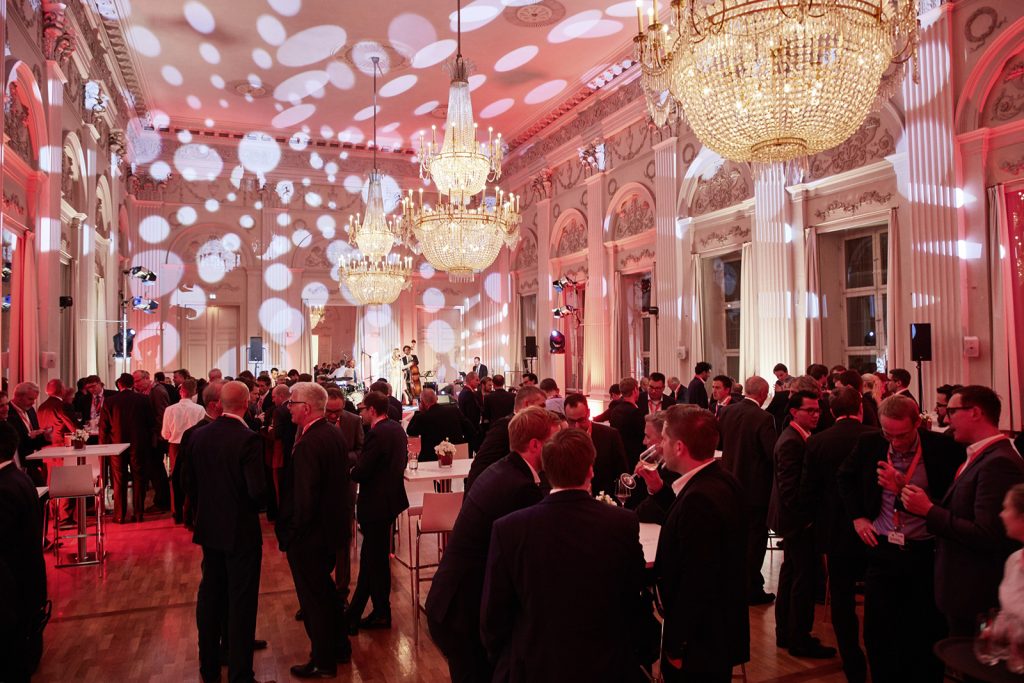
Outlook
Additive Manufacturing is among the youngest of all production technologies. Will we print everything one day? I do not think so. This article is supposed to give a fair and realistic perspective on AM. There is a stable and above-average growth of the market, with good reason; AM will certainly capture its place on the palette of all manufacturing technologies and reach a broad industrial use. What can we contribute? Work hard, research relentlessly, educate our students well and, above all, remain optimistic and open minded.
Author
Michael F Zäh, Prof Dr-Ing.
Institute for Machine Tools and Industrial Management
Technical University of Munich
Boltzmannstrasse 15
85748 Garching
Germany
Email: [email protected]
www.iwb.mw.tum.de
2nd Munich Technology Conference
It has been announced that the Second Munich Technology Conference (MTC2) will take place from October 10–11, 2018. For more information visit the event website:







